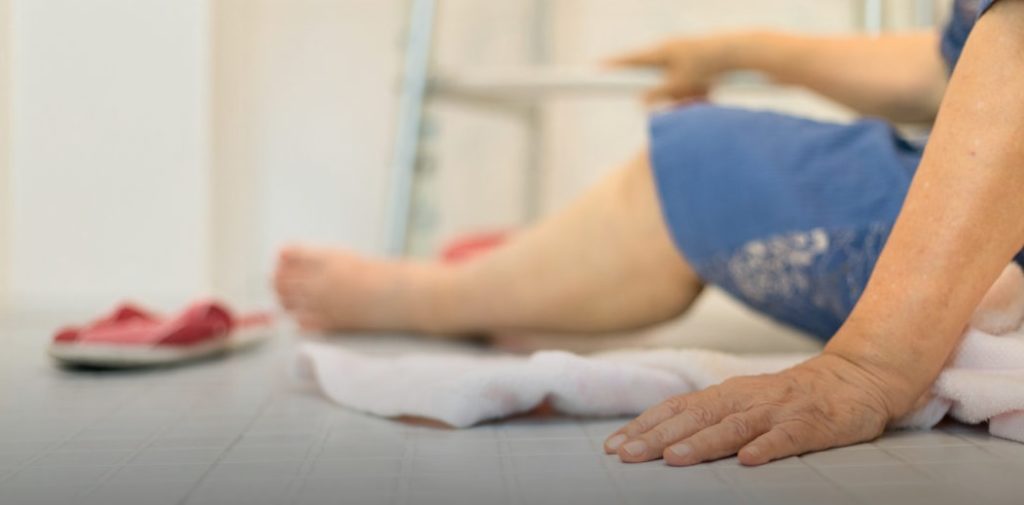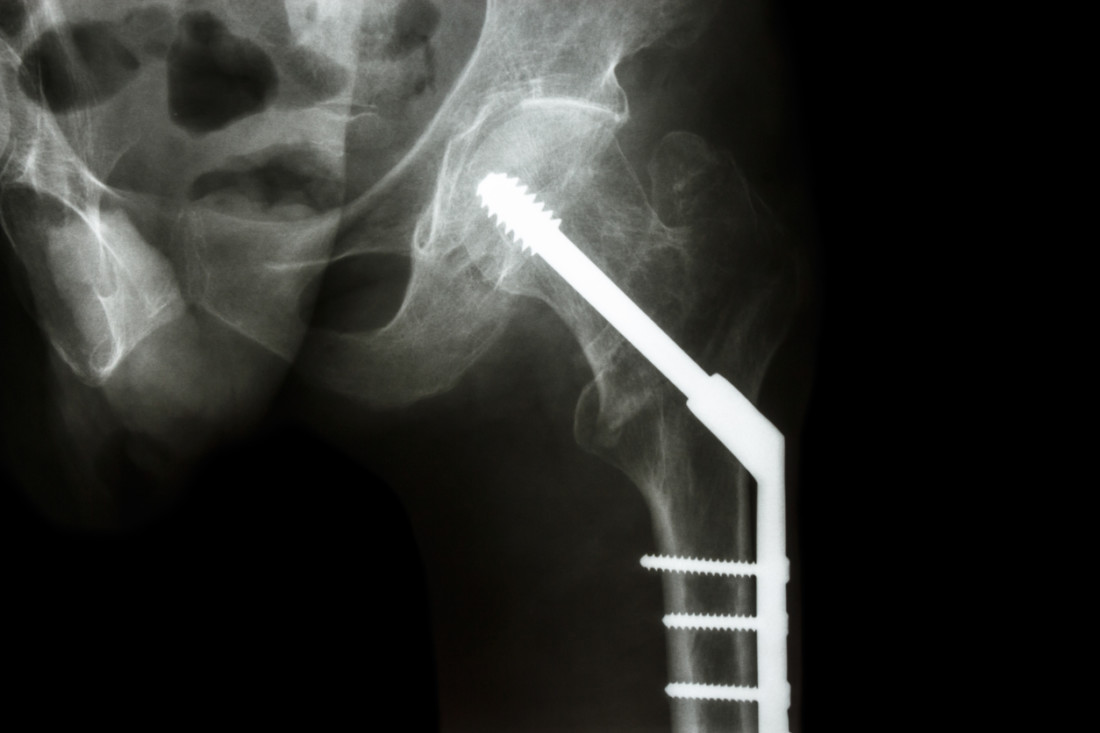
By Jackie Edwards, Contributing Writer, SaludToday.com. This post originally appeared on SaludToday.
Did you know more than 300,000 people over age 65 are hospitalized for hip fractures every year?
 Hip fractures have steadily declined over the years. But a California study showed that fractures among Latinas doubled since 1983. In Latino men, reported annual incidents have increased by 4.2%.
Hip fractures have steadily declined over the years. But a California study showed that fractures among Latinas doubled since 1983. In Latino men, reported annual incidents have increased by 4.2%.
Nationally, Latinos are at an intermediate risk of hip fractures. Mexican Americans have a higher risk than Puerto Ricans.
With hip fracture rates expected to increase significantly over the next 20 years, it is important to learn who is at risk for hip fractures and how to protect ourselves.
Risks of Hip Fractures
More than 95% of hip fractures are caused by a fall among those age 65 or older.
Women are more likely to sustain a hip fracture because they are more likely to fall than men. They also develop osteoporosis at a higher rate.
This risk is further increased by poor balance, weak muscles, postural hypertension, and poor vision.
Body mass index (BMI) also has an impact on the risk of hip fracture, particularly in Latinas, according to a seven-year longitudinal National Institute of Health study showed that. Underweight Latinas were at the greatest risk of hip fracture.
This was also found to be correlated with cognitive function. Underweight Latinas with lower cognitive functions had an even greater hip fracture risk. This means diseases—like dementia and Alzheimer’s—can increase the risk of hip fractures in elderly Latinas.
Preventative Measures
Increase Vitamin D Intake: According to doctors, Vitamin D strengthens bones. It also prevents certain bone diseases that contribute to a higher risk of falling and hip fractures. Vitamin D also keeps blood calcium levels normal and helps with the growth of strong muscles to improve balance and prevent falls. The vitamin also is known to improve mental performance in people age 65 or older. Because elderly Latinas with lower cognitive abilities are at a significant risk for hip fractures, it is important to increase Vitamin D intake.
Maintain a Healthy Diet: Because Latinas with lower BMI levels are at a higher risk of fractures, it is important to invest in a healthy diet and maintain a healthy weight.
FDA-Approved Medications: Some medications can help with strengthening bones and ultimately prevent falls. Bisphosphonates create a reduction in the cell activity that leads to bone loss, while Calcitonin promotes the regulation of calcium and bone metabolism.
The opinions expressed in this article are those of the author and do not necessarily reflect those of the Diverse Elders Coalition.

